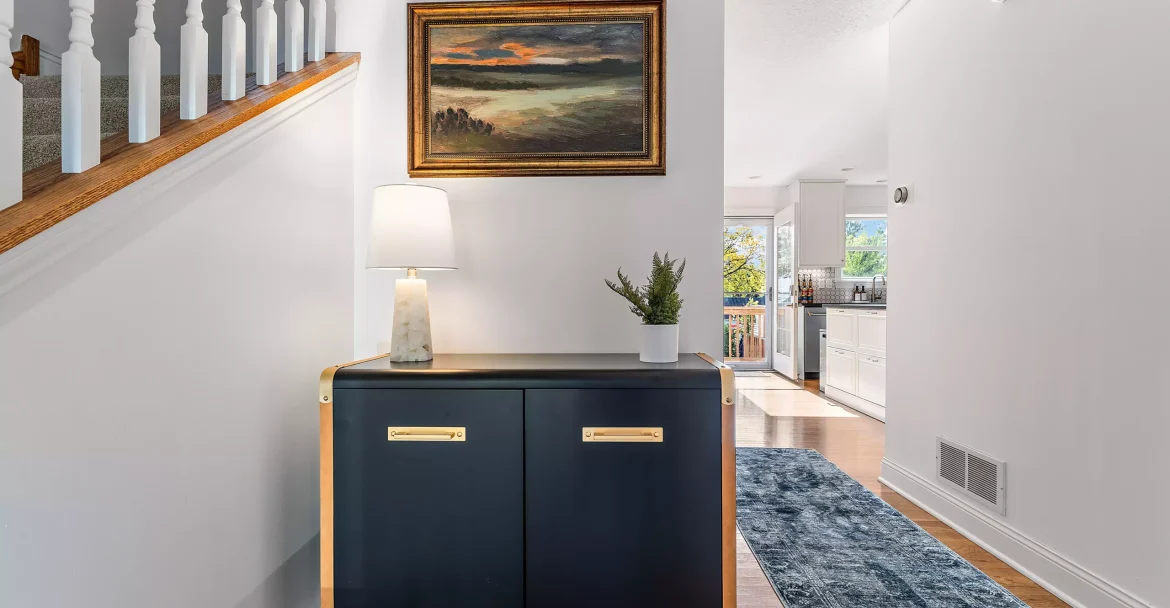![]()
Table of Contents
Mastering Real Estate Photography Lighting Techniques
In today’s blog, we are diving into the realm of real estate photography and exploring the importance of lighting techniques. Lighting plays a crucial role in creating high end photographs, particularly in real estate photography where showcasing the beauty and features of a property is paramount. Let’s dive into some essential lighting techniques to help you master the art of real estate photography:
Natural Light
Natural light is one of the most flattering and versatile sources of illumination for real estate photography. When shooting interiors, open curtains and blinds to let in as much natural light as possible. Position yourself strategically to take advantage of soft, diffused light streaming in through windows, which can help create a warm and inviting atmosphere in your photos. For high end properties, consider shooting during the golden hour—just after sunrise or before sunset—when natural light is soft, warm, and beautifully diffused, adding a magical quality to your images.
Ambient Light
Ambient light refers to the existing light present in a space, such as overhead fixtures, lamps, and recessed lighting. When photographing interiors, take note of the ambient light sources and adjust your camera settings accordingly to achieve balanced exposure. Avoid harsh shadows and overexposed areas by diffusing harsh light sources with sheer curtains or using bounce cards to redirect light and fill in shadows.
Supplemental Lighting
In situations where natural and ambient light sources are insufficient, supplemental lighting can be used to enhance and augment existing illumination. Portable LED panels, speedlights, and strobes are versatile tools that allow you to control the intensity and direction of light, creating beautifully lit interiors and highlighting key features of the property. Use experiment with different lighting setups, such as off-camera flash or bounce lighting, to achieve desired results while maintaining a natural and flattering look.
HDR Photography
High Dynamic Range (HDR) photography involves capturing multiple exposures of the same scene at varying levels of brightness and combining them into a single image using specialized software. HDR photography is particularly useful in real estate photography for capturing scenes with a wide range of brightness levels, such as interiors with bright windows and dark shadows. By blending multiple exposures, HDR photography ensures that both highlights and shadows are properly exposed, resulting in balanced and vibrant images.
Light Painting
Light painting is a creative technique that involves selectively illuminating different areas of a scene using a handheld light source, such as a flashlight or LED wand. This technique allows you to selectively highlight specific features of the property, such as architectural details, focal points, or outdoor landscapes, while keeping the rest of the scene in shadow. Experiment with different light painting techniques, such as long exposure photography and painting with colored gels, to add drama and visual interest to your real estate photos.
Final Thoughts
Mastering lighting techniques in real estate photography plays a very important role in the on-site photography process. Understanding how to manipulate light effectively is key to capturing real estate photos. By incorporating these lighting techniques into your photography workflow, you can bring your real estate images to life and help attract potential buyers and renters.
At UAV Vision Media, we specialize in real estate photography and leverage advanced lighting techniques to capture every property we photograph. Contact us today to learn more about our real estate photography services and how we can help you showcase your properties.




